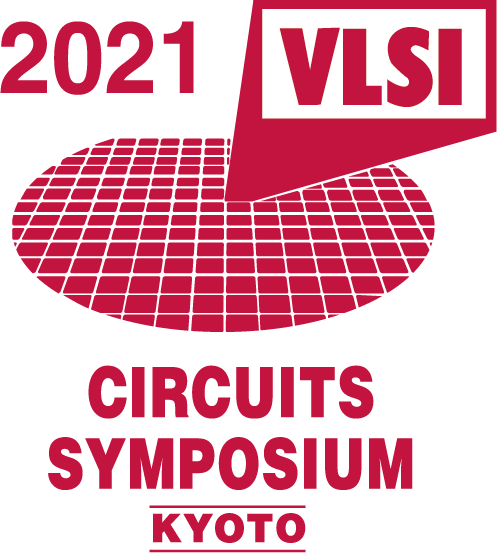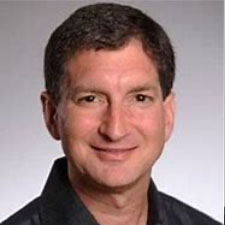Dr. Siyoung Choi
President, General Manager of Foundry Business, Device Solutions Division, Samsung Electronics
Dr. Siyoung Choi is the president and general manager of foundry business in Samsung Electronics' Device Solutions Division. Prior to his position, he was the head of Foundry and Memory Manufacturing Technology Center, respectively. His experience of Memory and Logic Process Development Team in Semiconductor R&D Center and of Manufacturing Technology Center brings his technology and operation leadership to foundry business unit. Since joining Samsung Electronics in 1995, Dr. Choi has played a pivotal role in developing advanced process technologies across memory and logic ICs that greatly strengthened Samsung's leading position in the semiconductor market. Under his leadership, Samsung successfully launched world’s first V-NAND and industry's first SoCs based on 14nm and 10nm FinFET process technologies. During his tenure as the head of manufacturing technology center, he successfully led establishing the world's largest semiconductor manufacturing cluster. Moreover, he spearheaded the innovation of manufacturing system to greatly strengthen fab operation efficiency as well as maximize technology competitiveness. Dr. Choi has been awarded the Gold Tower Order of Industrial Service Merit, the highest honor, by the Korean government for his contributions to the advancement of technology. He has written/co-authored over 110 technical publications and also holds over 100 U.S. patents. He also has been serving as a member of numeral technical committees including VLSI, ITRS, and IMEC. He holds B.S. and M.S. in Materials Science and Engineering from Yonsei University and a Ph.D in Materials Science and Engineering from Ohio State University.
Abstract:
As the global community was caught off guard with the pandemic, semiconductor industry dealt with unexpected swings in applications and demands. Health crisis created an immediate need for social distancing that disconnected and disrupted human interactions, and technology had to step up on short notice to mend and reconnect communities. In this paper, we share the insights we gained as the semiconductor technologists who were called to provide solutions in a nimble and yet comprehensive manner to deal with the unexpected, and offer our vision and new model for the foundries, not just as the manufacturers, but as solution providers. The new market reality dominated by “untact” and “connect” demand differentiated strategies in providing foundry solutions, which include close engagement with customers in earlier stages of technology R&D, as well as design infrastructure tailored to customers’ specific requirements. We present our vision to drive such change in foundry technology directions.





